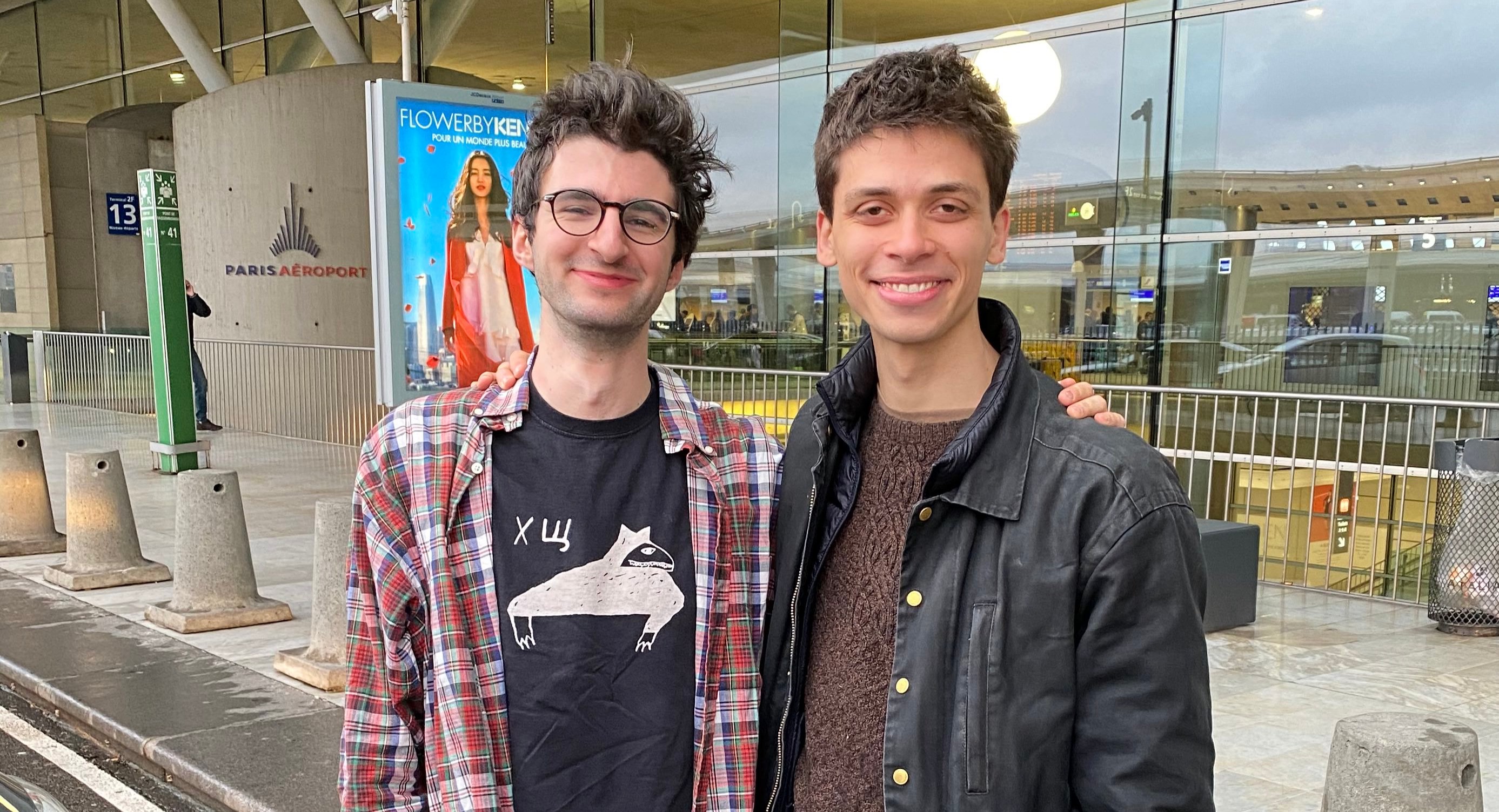- November 15, 2021
Two MIT Russia alumni, Benjamin Hoyle (MIT Master of Architecture '21) and Eytan Levi (MIT Master of Architecture and Master of Science in Real Estate Development '21), presented their vision for the renovation of crumbling Soviet mass housing located all over the former USSR.
During their joint thesis presentation to the faculty at the MIT School of Architecture and Planning on May 21, 2021, Hoyle and Levi shared the story of the so-called Khrushchev apartments. During their MIT Russia internship with the APEX Project Bureau in Moscow in 2019, they were able to visit many of them in person and learn more about the challenges residents of these mass houses are facing.
“Mass housing across the former Soviet Union is in varying states of despair, having lasted much longer than it was expected to when built in the 1960s. Treatment of the buildings varies greatly depending on context, as some are replaced, others are renovated, and many are neglected,” they said.
Currently, some of these buildings, which at some point housed about two thirds of all Soviet people, are being replaced. However, many local governments lack funding to initiate any significant renovations. Therefore, Khrushchev apartments are not expected to entirely disappear any time soon.
Hoyle and Levi argue that Soviet mass houses could be significantly improved with certain modifications while the original structures could be preserved. The students proposed three scenarios with detailed financial calculations in which residents can self-organize and initiate updates to their buildings using mass timber.
“Assuming that the buildings will persist, we argue that residents have nothing to lose and a lot to gain by embracing the apartments they have. The Soviet provision of housing for all residents was a drastic and unprecedented undertaking, motivated by the ideals of a socialist system. We believe that the relationship between a resident and their apartment can be leveraged, expanded, and foregrounded in such a way that can serve their long term interests,” Hoyle and Levi conclude.
Hoyle and Levi’s research can be found here: Part 1 and Part 2.
